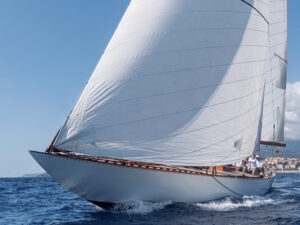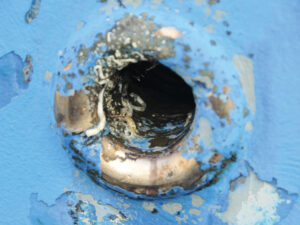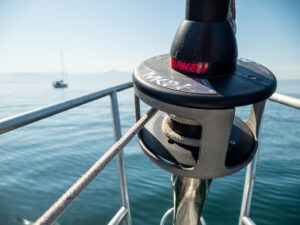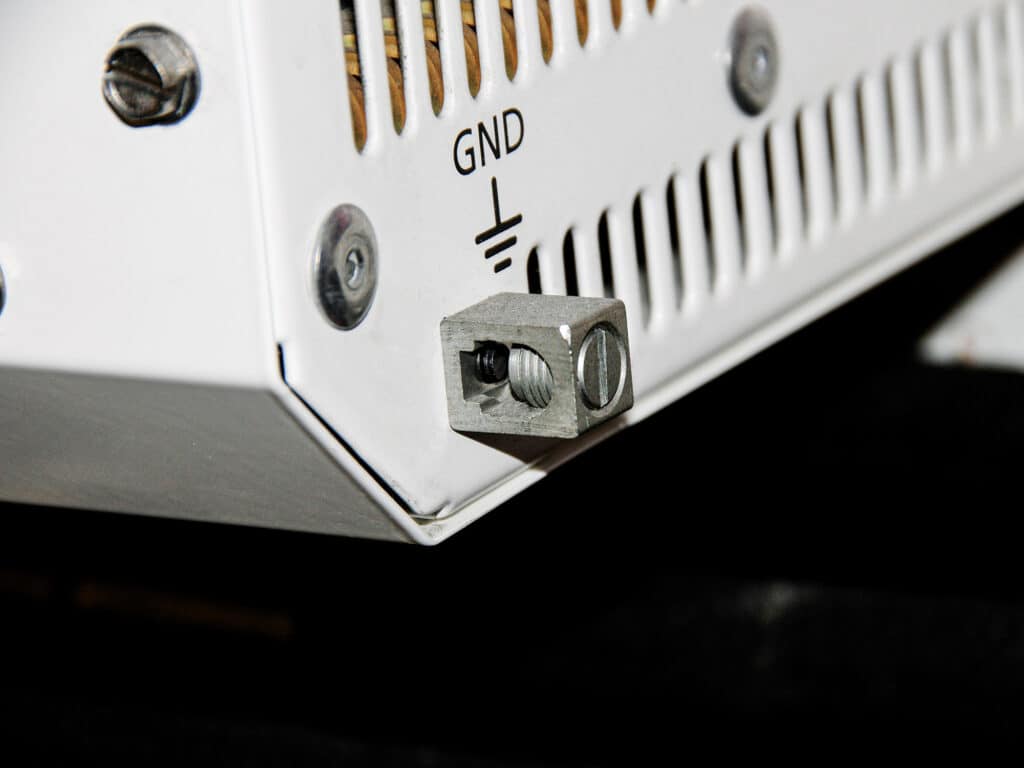
In our June/July issue, we looked at optional bonding systems, which are typically associated with corrosion prevention. Closely related to bonding systems are mandatory alternating current safety grounds. If your vessel has an AC power system—supplied by shore power, a genset or inverter—then the safety ground is critically important.
The terms “ground,” “bond” and, to some extent, “DC negative” are often used interchangeably. While they are related, they each have a different mission.
In marine electrical systems, a grounded conductor is always common with ground. This would apply to the neutral or white wire in a 120-volt, alternating current (VAC) system. The conductor must always be common with the ground at its source, which includes a dockside utility transformer, onboard generator or inverter, or onboard transformer. The conductor can also include objects that are permanently connected to the grounding system, thereby making them grounded at all times.
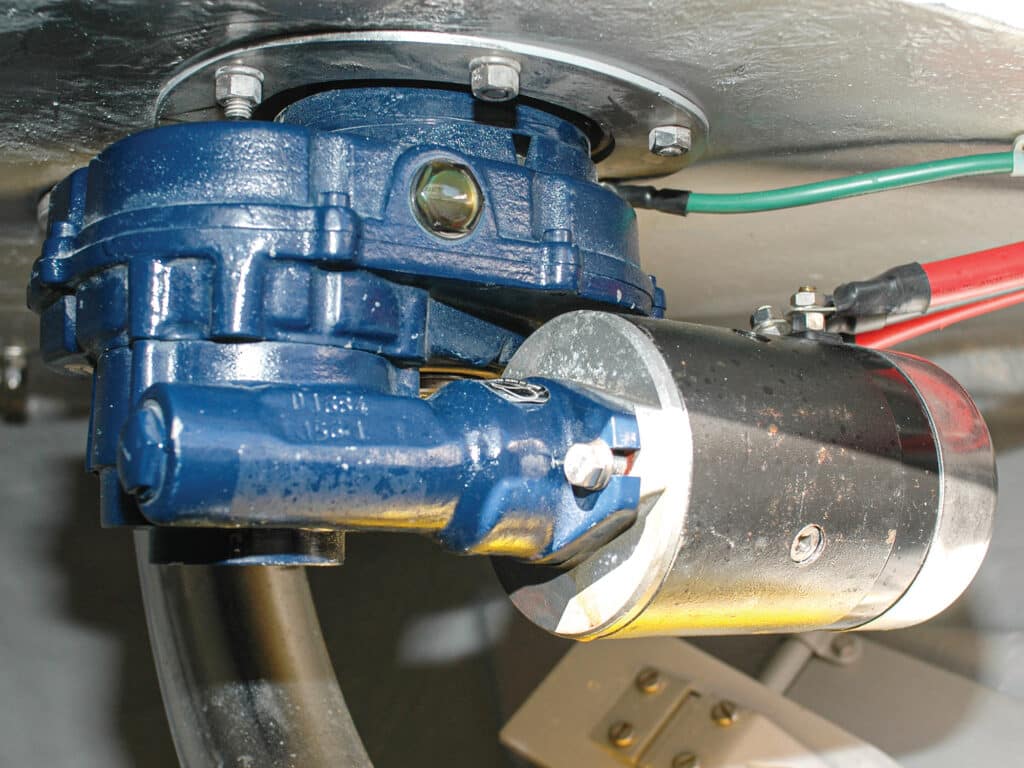
A grounding conductor provides a path to a power source only in the event of a fault. It does not carry current or amperage under normal conditions. Grounding conductors are typically green, and they are, or should be, part of every onboard alternating current electrical system. All ungrounded, or “hot,” AC conductors must be run with a grounding conductor alongside them in the same sheath or bundle.
Contrary to popular belief, electricity does not seek ground. In fact, it seeks to return to its source, which often is grounded. In the case of an onboard AC system, this means that a fault will attempt to return to a dockside utility transformer, where the ground and neutral are bonded. If the boat is away from the dock, the electricity will seek to return to one of the other aforementioned sources: the generator or inverter.
The most common type of AC electrical fault involves an energized, hot or ungrounded conductor coming into contact with a metallic object. This object could include an electrical enclosure such as an inverter chassis; the outer portion of a galley appliance, such as a refrigerator, toaster or coffee maker; or engine blocks and tanks. If these objects are not grounded, then they will become energized by the fault.
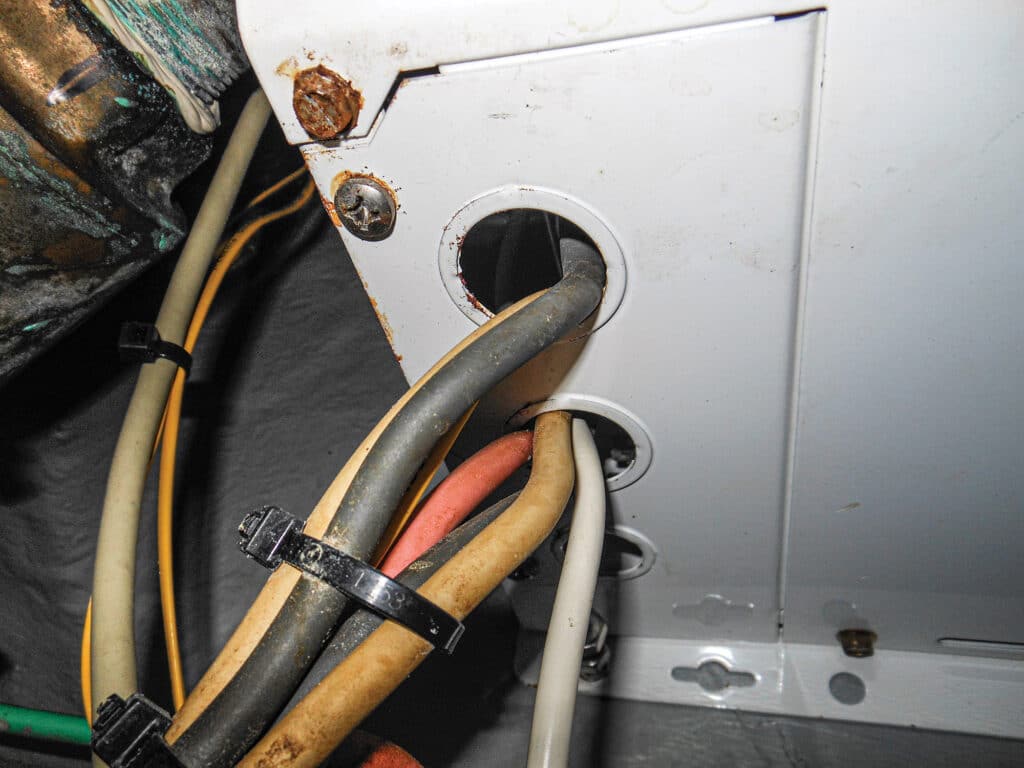
In a scenario I experienced personally, an energized conductor chafed against a fastener securing a sail track. The vessel was hauled. I leaned an aluminum ladder against the rail on a rainy day. When the ladder made contact with the rail, a return path was completed via the utility company’s grounded transformer, and via my hands and feet. I received an electric shock.
Probably thanks to my heavy-soled boots, this shock was uncomfortable but not life-threatening. If I’d been barefoot, you likely would not be reading this column now.
The reason this near-catastrophic scenario occurred was because the sail track was not grounded. Here’s where bonding and AC safety grounds intersect. These two systems should be common for this very reason. Had the sail track been bonded when the wire chafed through to it, the fault current would have been able to return to its source, thereby tripping a circuit breaker.
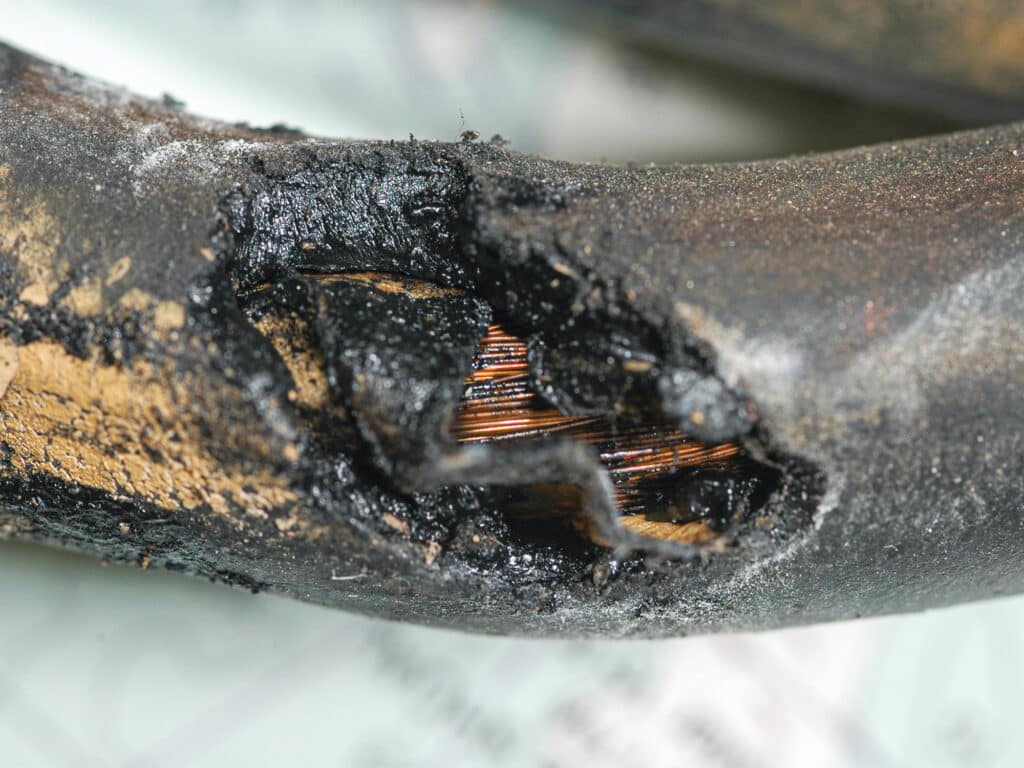
Some builders, in an attempt to mitigate corrosion, opt to isolate bonding and AC safety ground systems. The scenario I experienced is precisely why that approach is undesirable. Ultimately, for the greatest degree of safety, all grounding, bonding, DC negative and lightning-protection systems should be common; electrocution protection should trump real or perceived corrosion mitigation.
Steve D’Antonio offers services for boat owners and buyers through Steve D’Antonio Marine Consulting.

